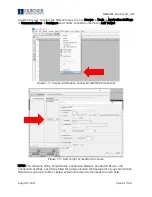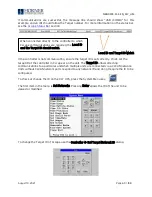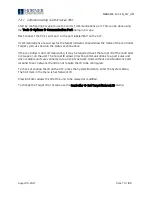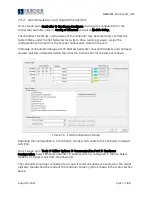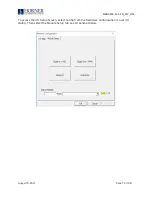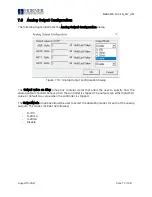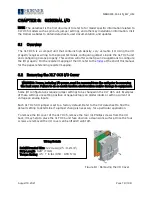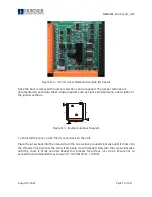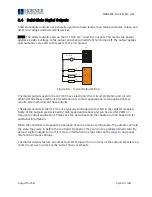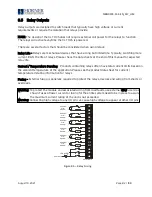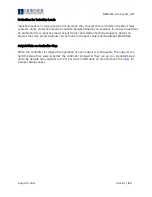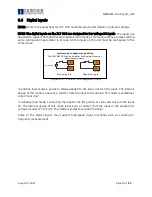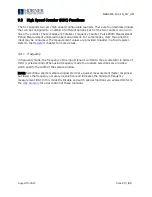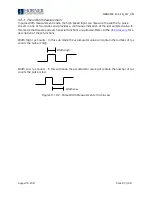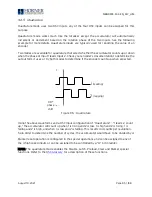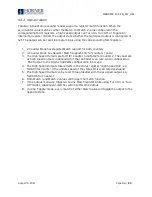
MAN0974-13.1-EN_XL7_UM
August 19, 2021
Page 81 | 198
8.4 Solid-State Digital Outputs
Solid-state digital outputs are generally used to activate lamps, low voltage solenoids, relays, and
other low voltage and low current devices.
NOTE:
The digital outputs used on the XL7 OCS are “sourcing” outputs. This means the output
applies a positive voltage to the output pin when turned ON. When turned off, the output applies
approximately zero volts with respect to the I/O ground.
Figure 8.4
–
Typical Output Wiring
The digital outputs used in the XL7 OCS have electronic short circuit protection and current
limiting. While these electronic protections work in most applications, some application may
require external fusing on these outputs.
The digital outputs in the XL7 OCS are typically controlled via %Q bits in the register mapping.
Some of the outputs are designed for high-speed applications and can be used for PWM or
frequency output applications. Please see the data sheet and the chapter on High Speed I/O for
additional information.
When the controller is stopped the operation of each output is configurable. The outputs can hold
the state they were in before the controller stopped or they can go to a predetermined state. By
default, digital outputs turn off. For more information on stop state see the
referencing Cscape settings.
The digital outputs feature an output fault bit. %I32 will turn on if any of the outputs experience a
short circuit, over-current or the output driver overheats.
Q14
Q15
V+
0V
LOAD
LOAD
10 - 30VDC
Q16
LOAD
J2
J4

